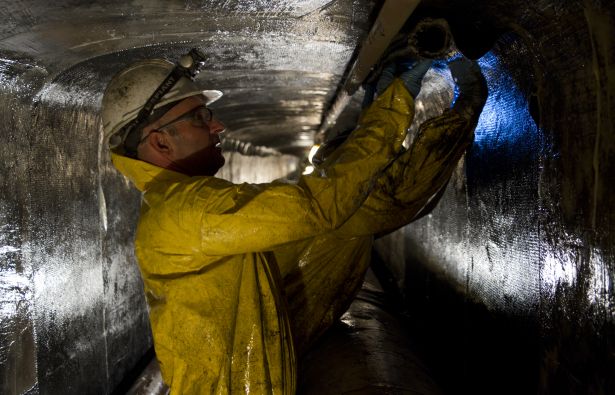 We’re excited to announce that we are certified to AS9100 Rev D.
We’re excited to announce that we are certified to AS9100 Rev D.
AS9100 is the international management system standard for the Aircraft, Space and Defense (AS&D) industry. The standard provides suppliers with a comprehensive quality system for providing safe and reliable products to the aerospace industry. AS 9100 also addresses civil & military aviation requirements.
It contains the actual requirements an organization must be in compliance with to become AS9100 registered. If the organization creates a Quality Management Systemwhich meets these requirements they can seek AS9100 Registration, resulting in their “AS9100 Certificate”. Specifically, AS9100 is an SAE document (managed by the IAQG) that defines requirements for the AS9100 Quality Management System Standard. It is based upon ISO 9001.
Source: AS9100Store.com
Our carbon fiber and composite materials continue to provide innovative solutions for aerospace.
If you’re looking for a design and development partner for any aerospace project, contact mailto:dshippee@cfamills.com?subject=Inquiring about composite fabrics for aerospace, contact David Shippee.



